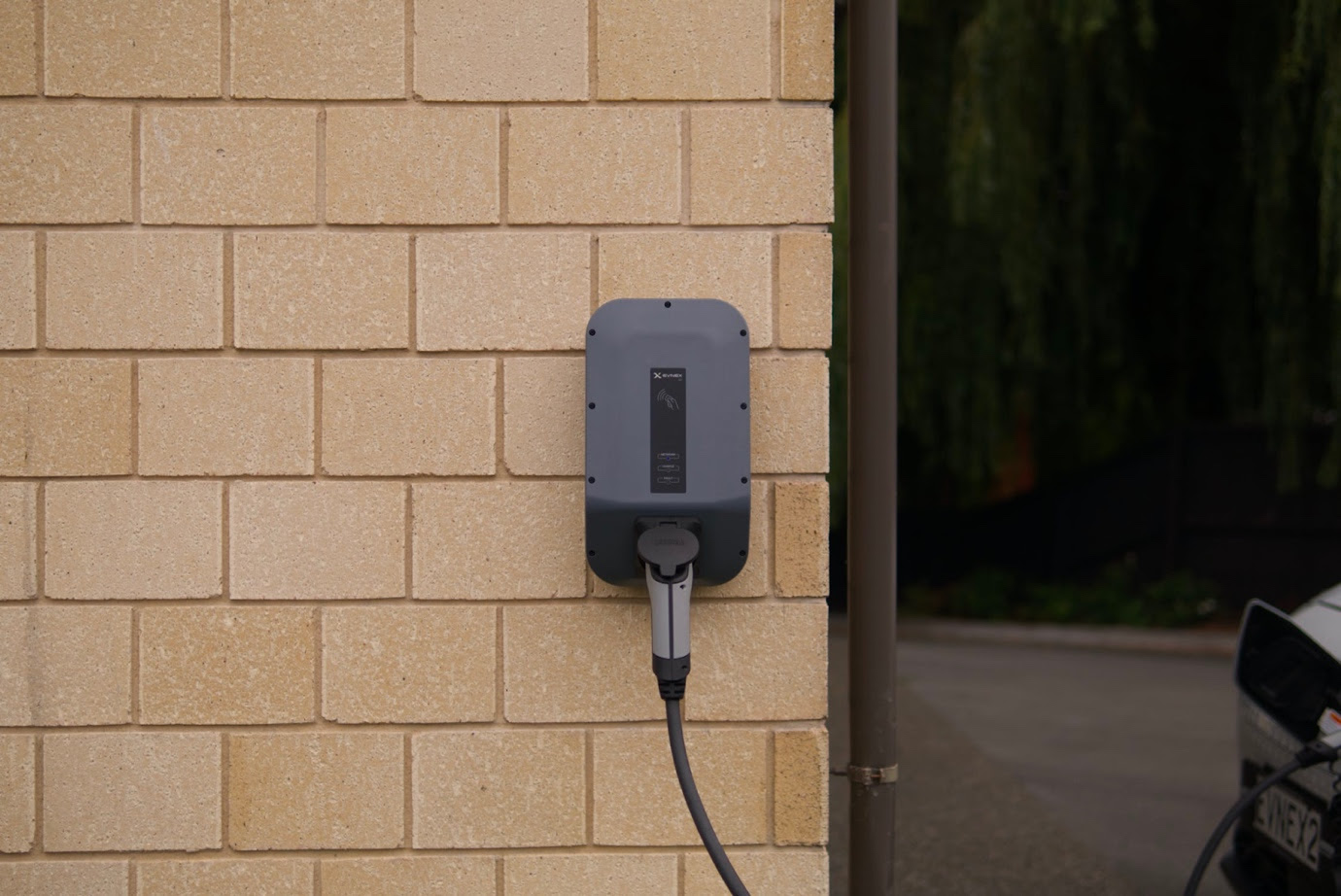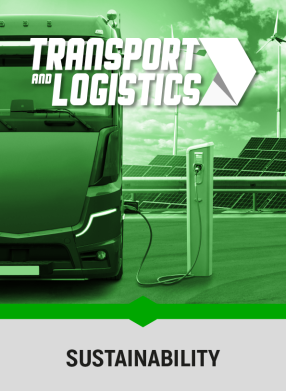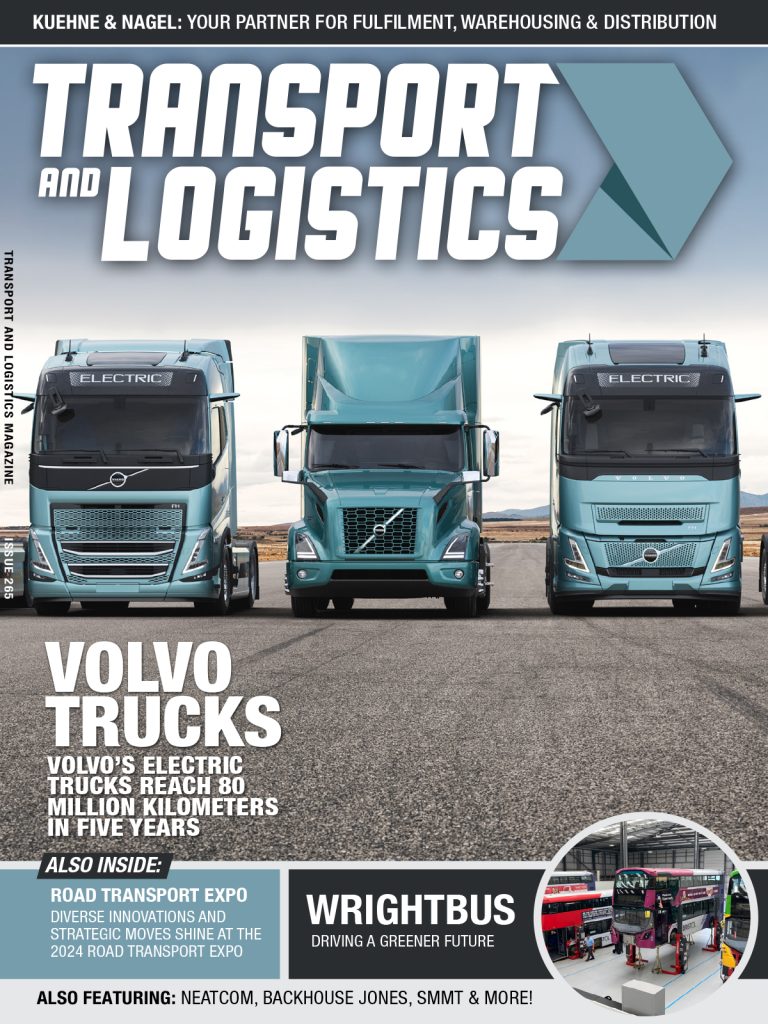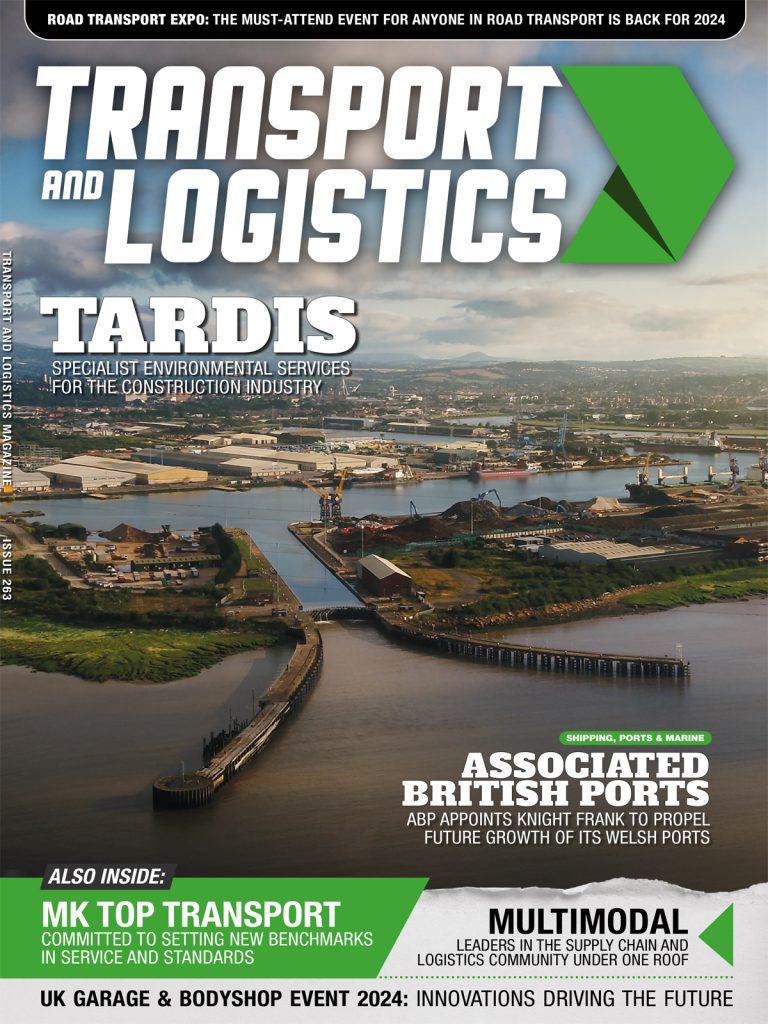With the motor purchasing decisions due to change in 2022, the car leasing experts at LeaseElectricCar.co.uk are providing a rundown of what to look out for when purchasing a home EV wall charger. Wallbox chargers make the concept of owning a hybrid or electric vehicle much more viable, allowing motorists to have full accessibility to speedy and reliable charging.
Although there are plans from the UK Government to provide additional funding for additional charging points to increase the country’s public charging network, EV motorists may still not have access to local charging points nearby unless they are able to install home chargers.
“We are so excited to see the changes in the motoring industry as we head towards the big switch in 2030,” said A spokesperson from LeaseElectricCar.co.uk. “Many major car manufacturers have already made the start in adding electric or hybrid options to their range, allowing motorists to get ahead of the changes. For those of us who are purchasing electric cars, we need to know the best way to be able to charge them up at home.”
OZEV Grant
If budget is a major factor in choosing which home EV wall charger to purchase, motorists are urged to be aware of the OZEV grant, available to some wallbox chargers. This grant is part of the Government created Electric Vehicle Homecharging Scheme and acts as a subsidy to reduce the cost of home charging installation, with a maximum contribution of £350 which could cover up to 75% of costs.
Charging speeds
The cost of home wall EV chargers relates directly to their charging speeds. Standard chargers achieve a rate of around 3-3.7kw, whilst more advanced wall chargers work at a rate of around 7 kw, with some of the priciest units delivering as much as 22kw.
Appearance
Motorists are encouraged to look at a wide range of wallbox chargers before making their decision, especially if their charger is going to be placed in a very visible spot. Wall chargers differ in terms of style and size. EV owners who are limited for space on their garage or house wall must ensure they measure the available space.
Tethered or untethered
The choice between these options is completely up to the motorist’s preference. A tethered point indicates the wallbox comes with the charging wire attached which plugs straight into the electric vehicle. Advantages of this type of charger are linked to convenience and ease of installation, with the charging wire already being attached.
Untethered chargers come with a standard plug, into which the owner will run their own wire. These wires are often supplied with cars, any cars without them may end up costing motorists up to £150. Benefits to untethered points include adaptability to new technology or vehicles, as the only part that would need replacing is the wire. Untethered chargers offer more flexibility to their users and are more aesthetically pleasing to those not wanting the wire hanging out of their wall at all times.














